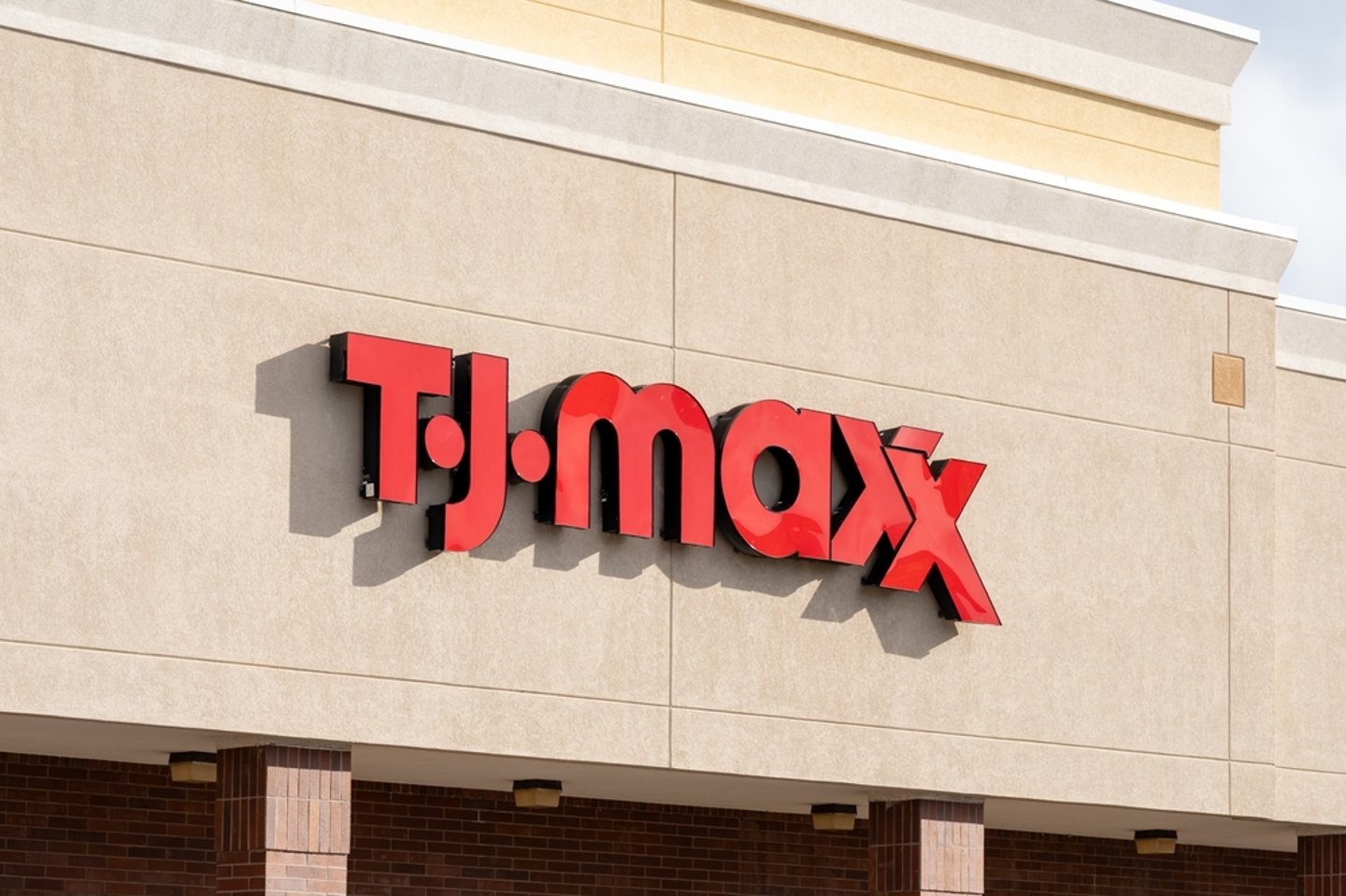
Off-price apparel changes are quickly expanding nationwide.
Hottovy added that while off-price apparel chains such as TJ Maxx and Ross are expanding their footprint in large open spaces, service businesses like massage, hair, and nail salons are filling smaller open spaces at shopping centers.
Successful fast-casual and quick-serve chains are growing as well, and despite high construction costs, some properties are building new structures to accommodate restaurants where possible.
“Some of these B and C locations are adding pad locations in the parking lots, and we’re seeing some of the chicken chains and coffee chains take that space,” Hottovy noted.
Investments and redevelopments at newer properties in better locations will also have an impact on how managers of Class B and C properties attempt to diversify their tenant mix while filling spaces. Mixed-use developments bringing housing, entertainment options, and lifestyle amenities to Class A centers will push out some tenants, and force B and C properties to get more creative to compete for foot traffic.
“All it takes is one new tenant to change the fortune of a property,” said Hottovy. “Mall operators are going to look to non-traditional tenants. That is going to be an interesting thing to look at — not just this year, but over the next couple of years.”
Will rents decrease with more availability?
According to the Datex report, retail rents increased only slightly (2.79%) in 2024, even as store closures increased throughout the year. Experts say that given the severe lack of new construction, rents likely won’t decrease across the board, but could in select areas.
CoStar’s Svec said that clustered vacancies will likely reduce the ability of landlords to increase rents at the same rate as the rest of the market, as new tenants will be competing with multiple other vacancies nearby.
“We are at a historic low for space, and nearly two-thirds of that space is B or C, so when we think about the higher quality opportunities, there just really aren’t a lot out there,” said Svec. “We are going to see rental growth slow in the areas where availability stacks up on top of each other. If you have a Joann, and a Big Lots, and a Party City, and all three are sitting vacant, that is certainly going to impact rents around that area on the larger boxes, but not as much on the smaller spaces.”
CBRE’s Georgia report showed a slight decrease in both average asking rents and average rent comps from 2023 to 2024.
“There’s two kinds of tenants out there: the ones that are seeking the best quality space, and the ones that are looking for the best deal,” said Parrott. “The ones looking for the deals are going to find more opportunities to expand this year.”
Parrott added that more deal-oriented rental agreements will take place this year, which will pull the average rent caps down, but will not be reflective of declining rates across the board on comparable space.
What’s next?
The spate of store closures has enlivened the ever-changing retail landscape. The good news for expanding retailers, however, is that some expect the closures to continue — especially as new tariffs begin to impact the global economy.
“We expect store closures to continue through the remainder of 2025, and at a pace that will outstrip the rate at which retailers are backfilling space,” said Al Williams and Michael Burden, co-heads of North American real estate services at Gordon Brothers, in a written reply to questions posed by Chain Store Age. “While select categories, particularly discount and service-based retailers, are expanding, overall absorption remains uneven. That said, the leasing market is showing real resilience in high-demand trade areas.”
Despite tough economic times, there is a potential bright side to store downsizing. Experts say retailers closing stores can potentially benefit both retailers looking to right-size, and property managers looking to bring new tenants – and life – to a property.
“Store closures can kind of get negative headlines, but in a lot of cases, it’s a good thing for some of these retailers,” said Hottovy. “We’ve seen such a shift in migration, and we’ve seen changes in consumer behavior. In some cases, store closures are necessary to make a stronger store portfolio.”
